What makes airplane toilets so ‘extraordinary’? Flight experts explain why they suck — in a good way
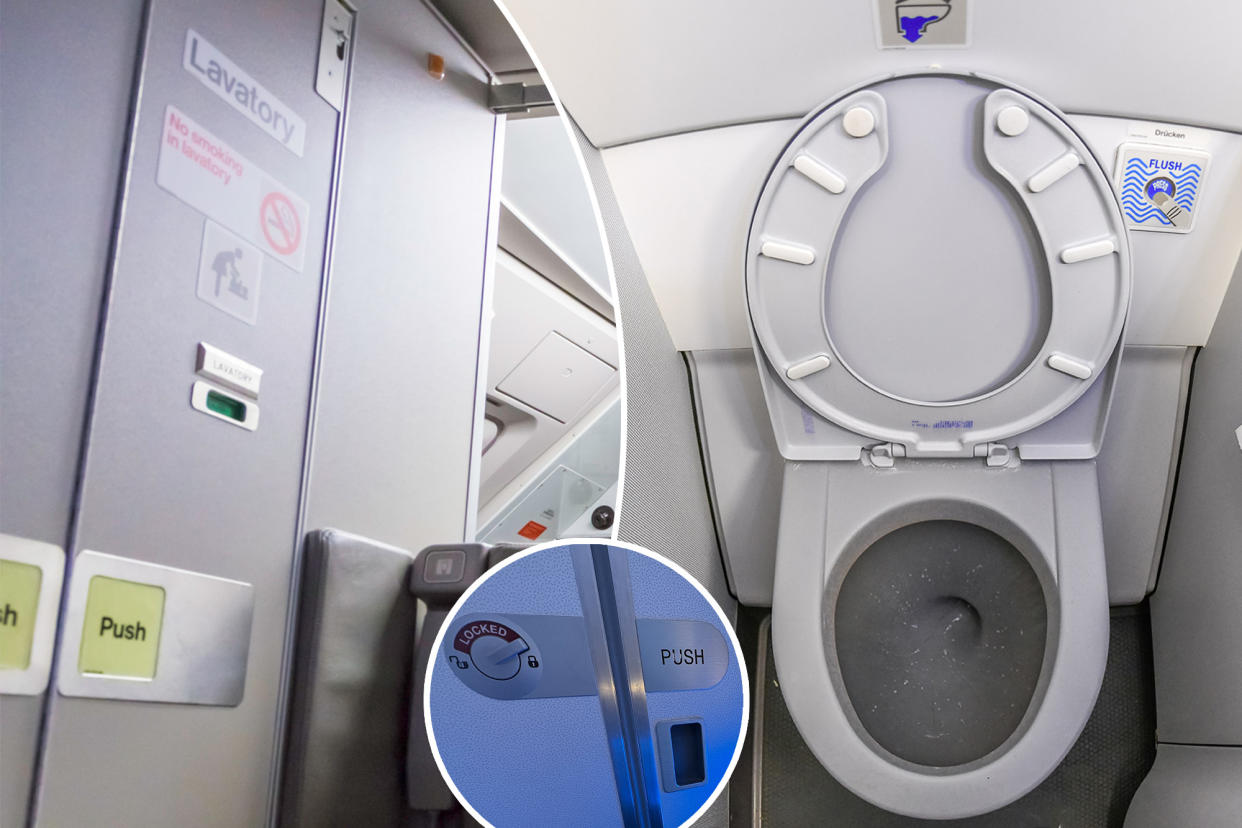
Airplane toilets suck … literally.
Airplane toilets are anything but a simple touch-and-flush operation. Flight experts wowed travelers after revealing the “extraordinary” amount of engineering that goes into allowing people to safely do their business at 40,000 feet.
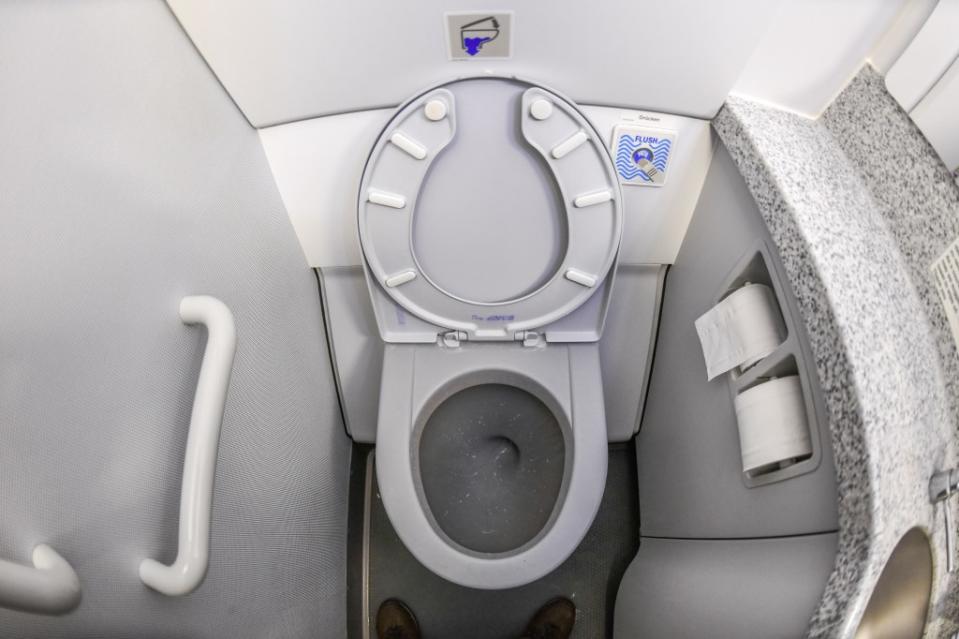
In general, the airplane setting takes the most mundane tasks — from heating water to, well, using the lavatory — to new heights of difficulty due to safety concerns.
“Everything is twice as hard on a plane as on the ground,” Al St. Germain, an aviation industry consultant who’s worked for airlines including Delta and United, told CNN.
Flushing airplane toilets with water is prohibited due to aircraft weight restrictions — not to mention that the water would slosh out of the bowl upon hitting turbulence.
Fortunately, scientists devised a Plan B: Air. That’s right, waste matter is sucked out of the plane using a differential pressure (rather than the passive siphon system employed by most terrestrial toilets) in a system patented by James Kemper in 1975.
When the lavatory user presses the button, a valve opens up in the bowl connecting to a pressurized pipe. This then sucks out the bowl’s contents like a high-altitude Hoover vacuum — hence the contraption’s moniker “vacuum toilet” — after which the valve snaps shut.
“It’s like your vacuum cleaner – it sucks,” explained Nigel Jones, an aircraft engineer from Kingston University in London.
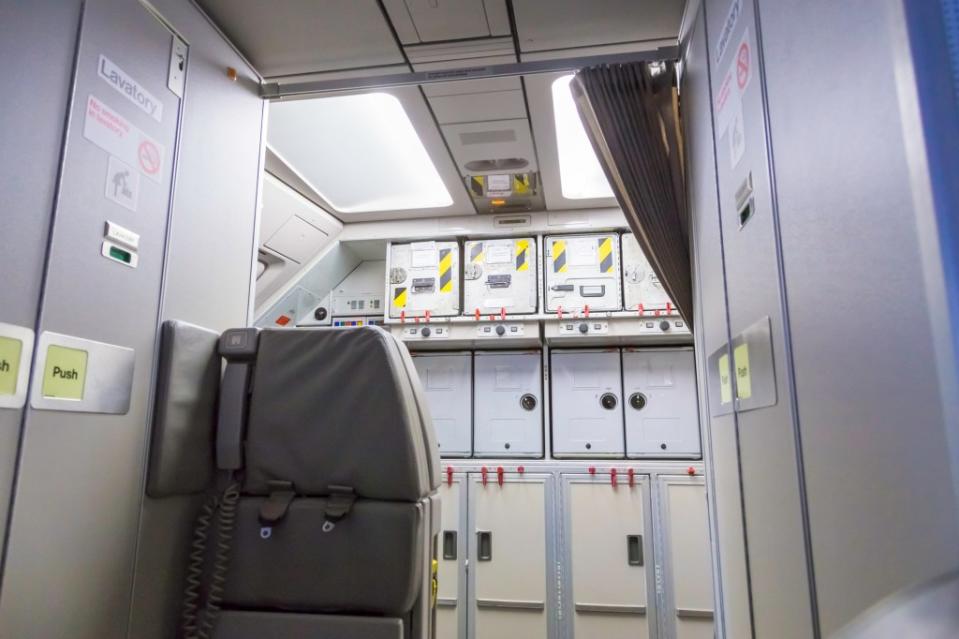
This suction effect is caused by the natural difference in pressure between the cabin and the outside atmosphere that’s generated by the plane climbing into the sky (it doesn’t occur when the aircraft is on the ground).
In fact, the vacuuming occurs continuously throughout the whole fight, but we only hear it when the valve opens.
Then, of course, there’s the age-old question of where the contents go after getting flushed.
Contrary to popular belief, waste matter isn’t just shot out of the airlock into the sky a la “Goldfinger,” but rather goes into pressured waste tanks, which are generally located at both the rear and front of the aircraft.
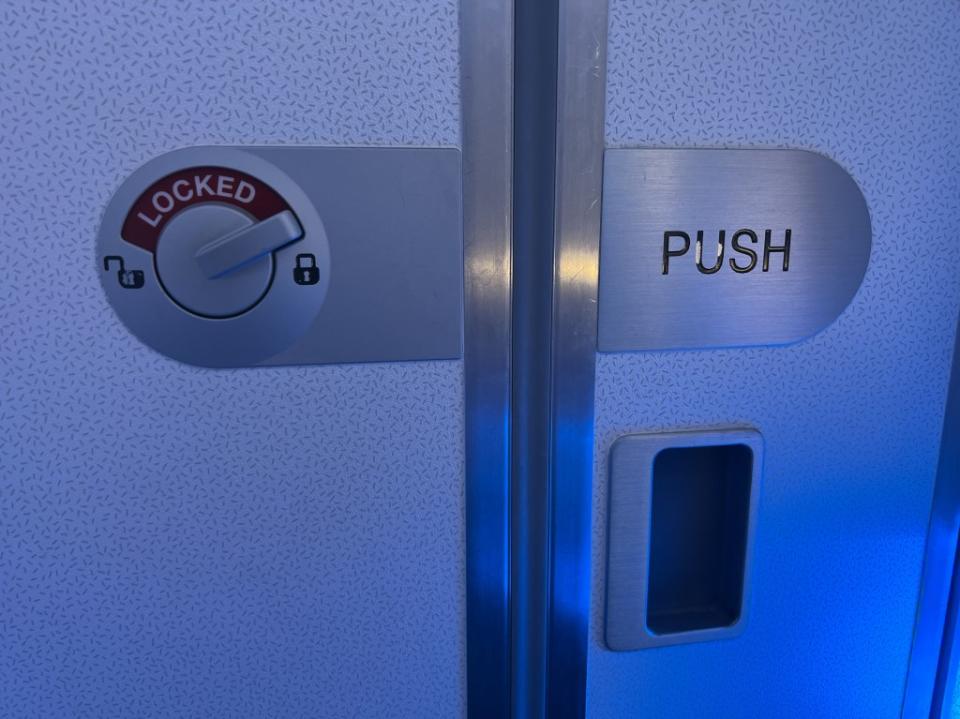
These are then emptied into “honey wagons,” special waste disposal vehicles that transport the contents to the airport for processing.
While the mechanism may seem strange, vacuum toilets boast many advantages over their siphon-based counterparts, even for normal, non-plane-based installations.
These include narrower sewer pipes, the ability to flush in any direction as these loos don’t rely on gravity, and of course, the fact that they flush with minimal water, which makes them eco-friendly to boot, according to HowStuffWorks.com
On average, vacuum potties use half a gallon or less, compared to 1.6 gallons for a water-saving toilet and up to 5 gallons (19 liters) for an older toilet.
Best of all, the bowl is entirely coated with Teflon so everything slides right off, precluding users from having to use a toilet brush.
Of course, these sky thrones aren’t without their downsides.
For one, airplane toilets do tend to get clogged frequently, especially when passengers throw diapers and other unauthorized items down them. This can be a nightmare to rectify given the labyrinthine pipe work.
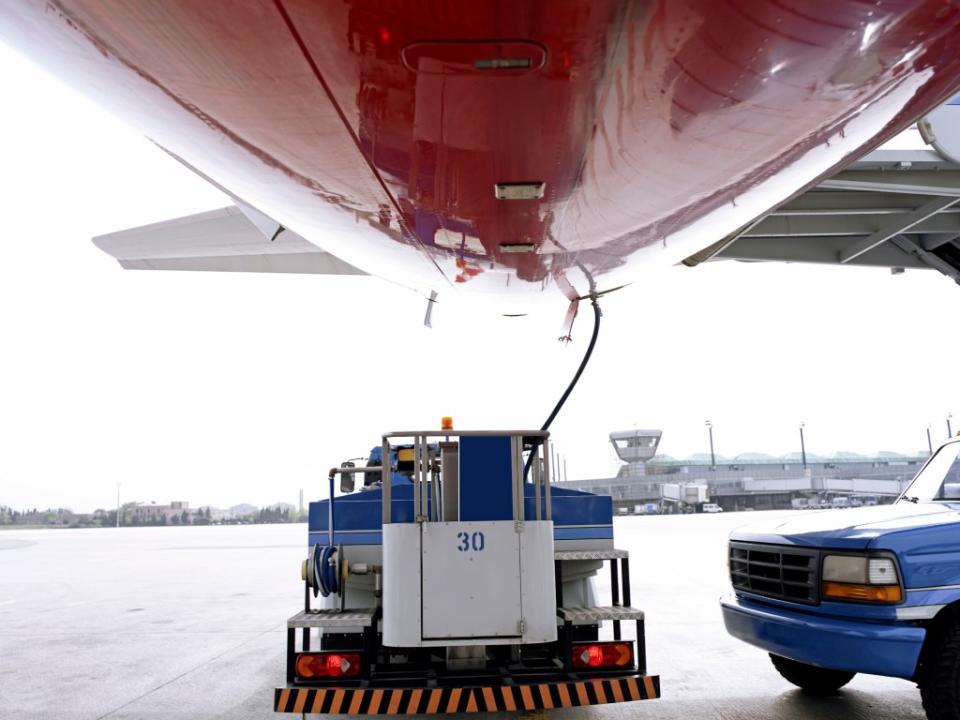
In fact, just one or two blocked johns is enough for pilots to ground a flight due to the limited number of facilities
There’s also the issue of airplane sewage getting accidentally expelled into the atmosphere because of a leaky discharge pipe.
As the outside temperature is generally below freezing, any liquid will “popsicle” (poopsicle?) upon contact with the air, forming what’s known as “blue ice” in the airline industry.
“It would get to a point where it’s too heavy to adhere to the toilet servicing panel, so it would fall out and that’s what blue ice was,” explained Jones.
In 2021, an unfortunate fellow who lived near London’s Heathrow Airport was unceremoniously splattered with poop because of this very phenomenon.
To make matters worse, the excrement didn’t get a chance to freeze beforehand due to the plane’s proximity to the ground.

